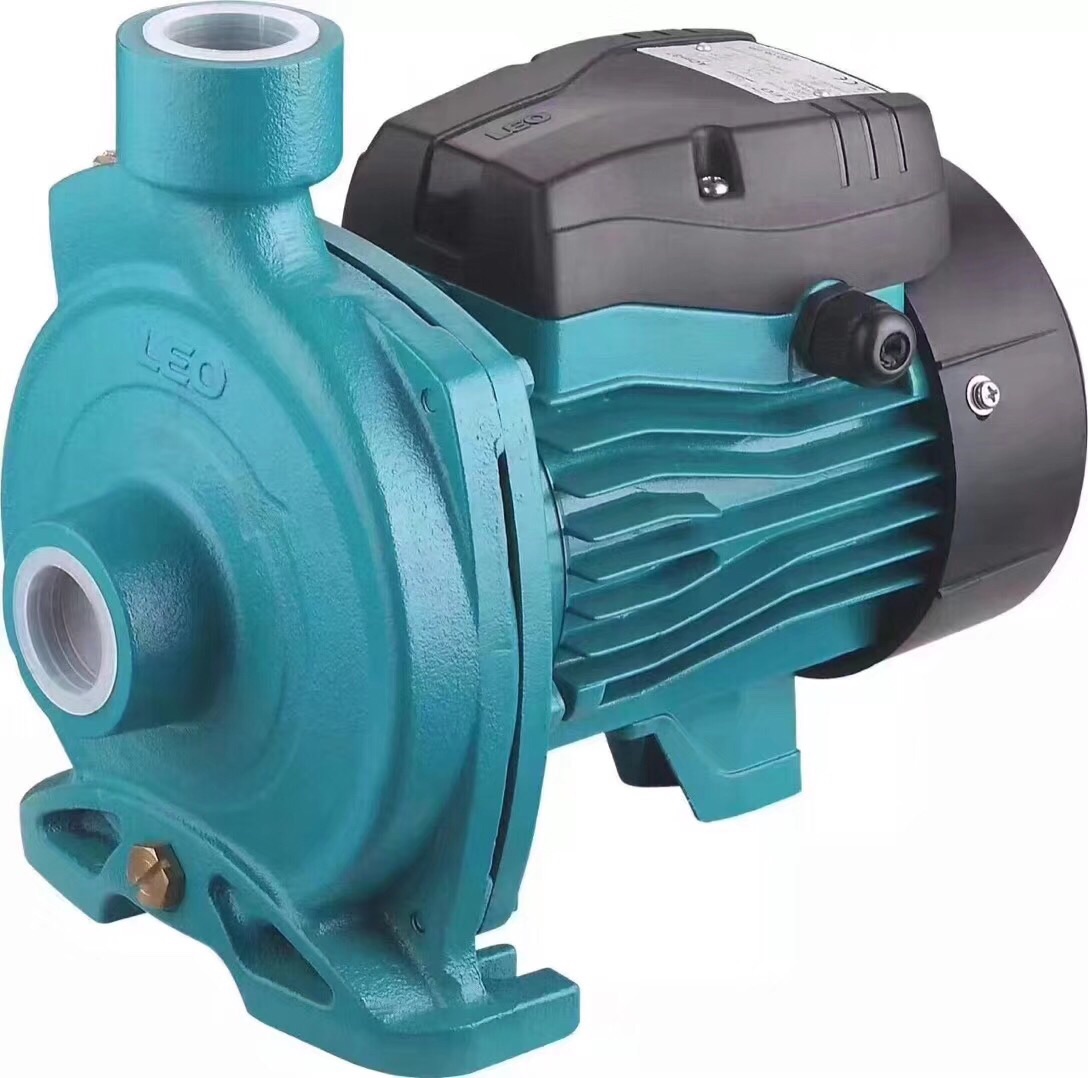Features and applications of jet pumps
2023-12-16
Jet pumps are a type of fluid propulsion system that uses the principle of jetting action to move fluids. These pumps are commonly used for various applications, including water well pumping, oil wells, and certain industrial processes. Here are key features and applications of jet pumps:
Key Features:
1. Working Principle:
- Jetting Action: Jet pumps work on the principle of creating a high-velocity jet of fluid (usually water) that entrains and boosts another fluid (often a mixture of water and air).
2. Two Fluid Streams:
- Motivating Fluid and Driven Fluid: Jet pumps typically involve two fluid streams—the motivating fluid (high-velocity jet) and the driven fluid (fluid being pumped or conveyed).
3. No Moving Parts:
- Simplicity: Many jet pumps have no moving parts, which contributes to their simplicity and ease of maintenance.
4. Self-Priming:
- Capable of Lifting Fluid: Jet pumps are often self-priming, meaning they can lift and pump fluid without the need for external priming.
5. Versatility:
- Adaptability: Jet pumps are versatile and can be used for various applications, including water well pumping, boosting water pressure, and conveying fluids in certain industrial processes.
6. Adjustable Nozzles:
- Controlled Flow: Some jet pumps feature adjustable nozzles, allowing for control over the flow rate and pressure.
Applications:
1. Water Well Pumping:
- Domestic and Agricultural Use: Jet pumps are commonly used for pumping water from wells for domestic and agricultural purposes.
2. Boosting Water Pressure:
- Residential and Commercial Applications: Jet pumps can be employed to boost water pressure in residential and commercial water supply systems.
3. Oil and Gas Industry:
- Artificial Lift Systems: Jet pumps are used in the oil and gas industry for artificial lift systems in oil wells, helping to bring oil to the surface.
4. Industrial Processes:
- Fluid Conveyance: Jet pumps are used in certain industrial processes for the conveyance of fluids.
5. Hydraulic Mining:
- Fluid Transport in Mining Operations: Jet pumps have been historically used in hydraulic mining operations to transport slurry.
6. Dredging:
- Material Transport: In some cases, jet pumps are employed in dredging operations for the transport of dredged material.
7. Water Jet Cutting:
- Precision Cutting: Jet pumps can be used in waterjet cutting machines, where high-pressure water is used for precision cutting of materials.
8. Marine Applications:
- Bilge Pumping: Jet pumps are used in some marine applications for bilge pumping.
Considerations:
1. Efficiency:
- Flow and Pressure Requirements: Consider the efficiency of the jet pump concerning the required flow rate and pressure for the specific application.
2. Fluid Compatibility:
- Material Selection: Ensure that the materials used in the jet pump are compatible with the type of fluid being pumped.
3. Nozzle Adjustment:
- Control: If the jet pump has adjustable nozzles, consider the level of control needed over the flow rate and pressure.
4. Maintenance:
- Regular Inspection: Even though jet pumps are often simple in design, regular maintenance and inspection are still important to ensure reliable operation.
Jet pumps offer a straightforward and effective means of fluid conveyance, particularly in situations where simplicity and reliability are valued. Their ability to be self-priming and their adaptability to various applications make them suitable for a range of industries.



